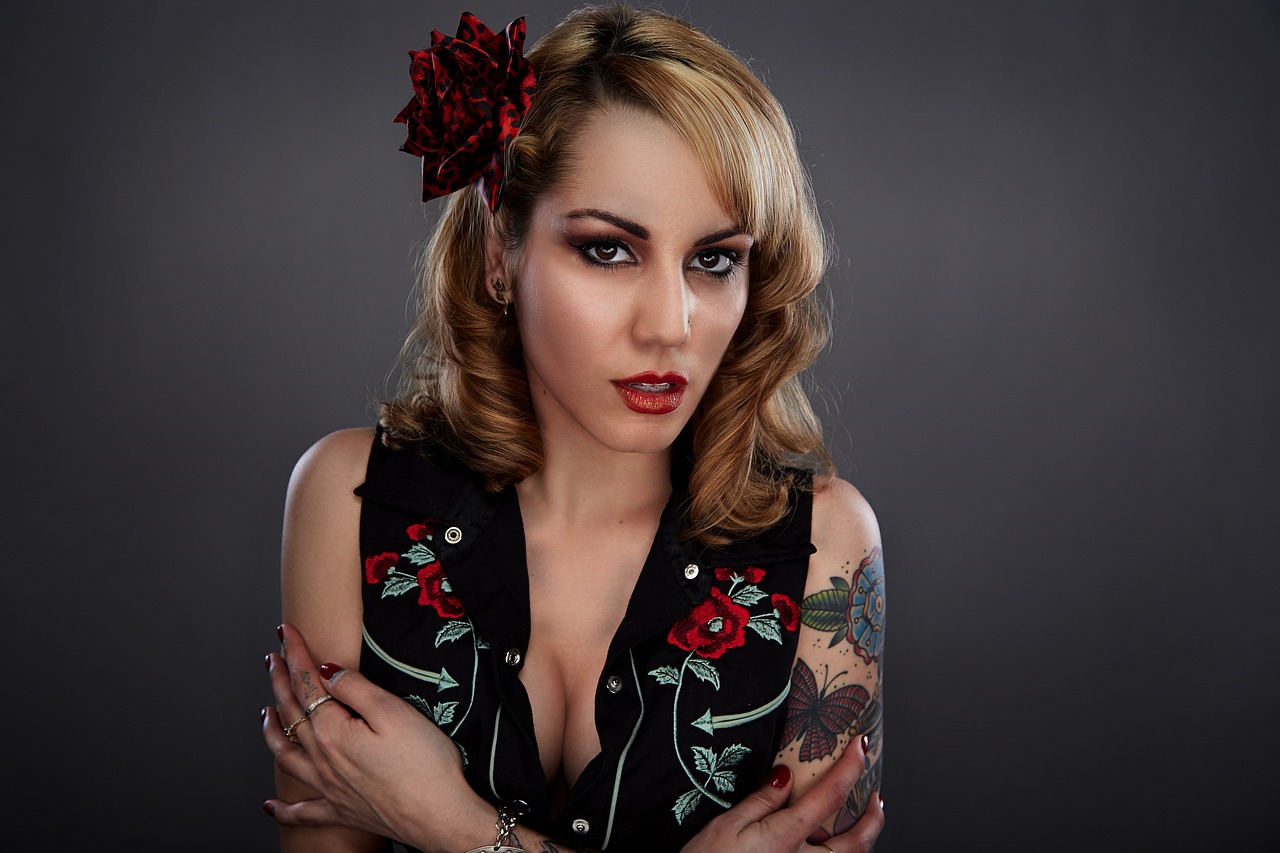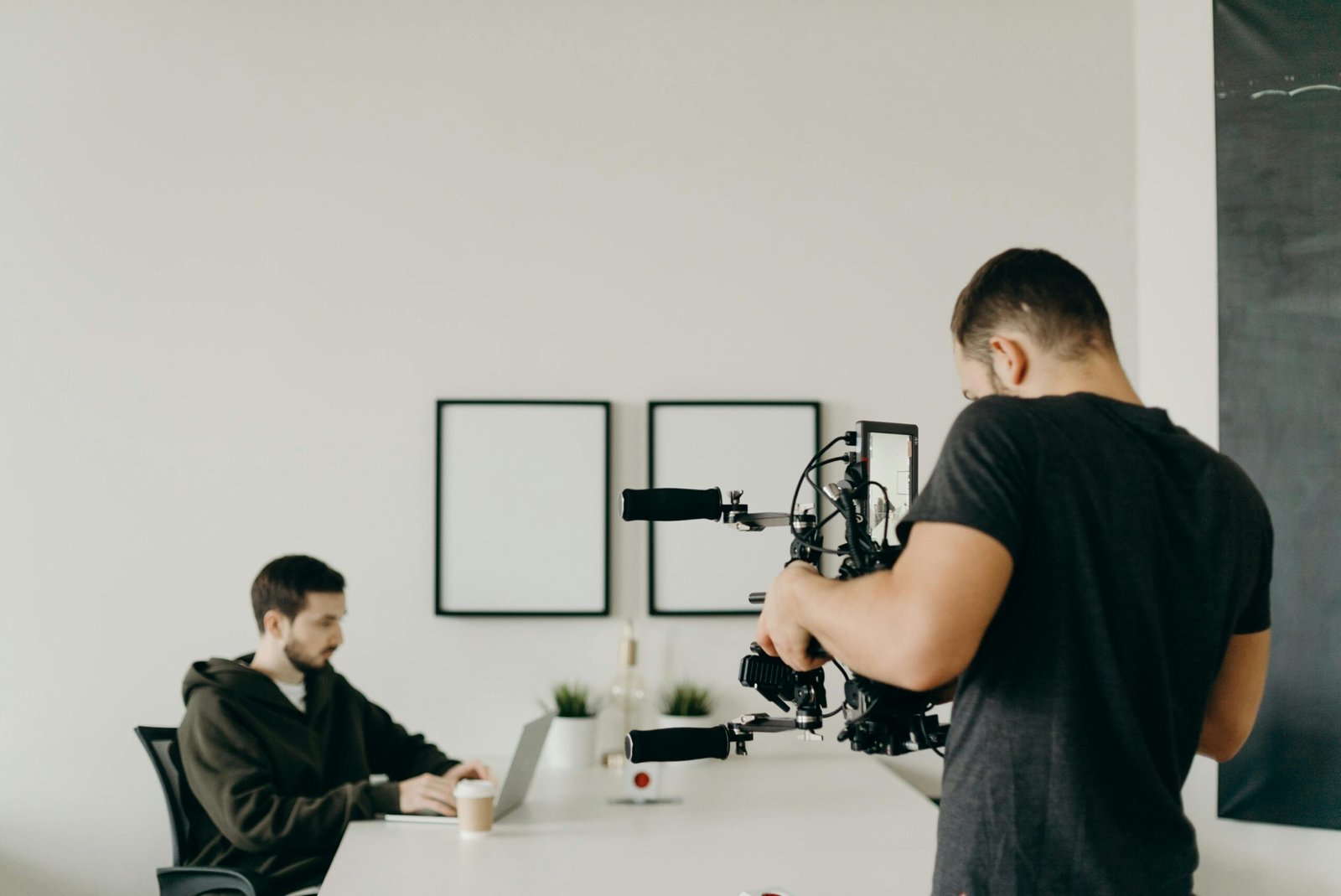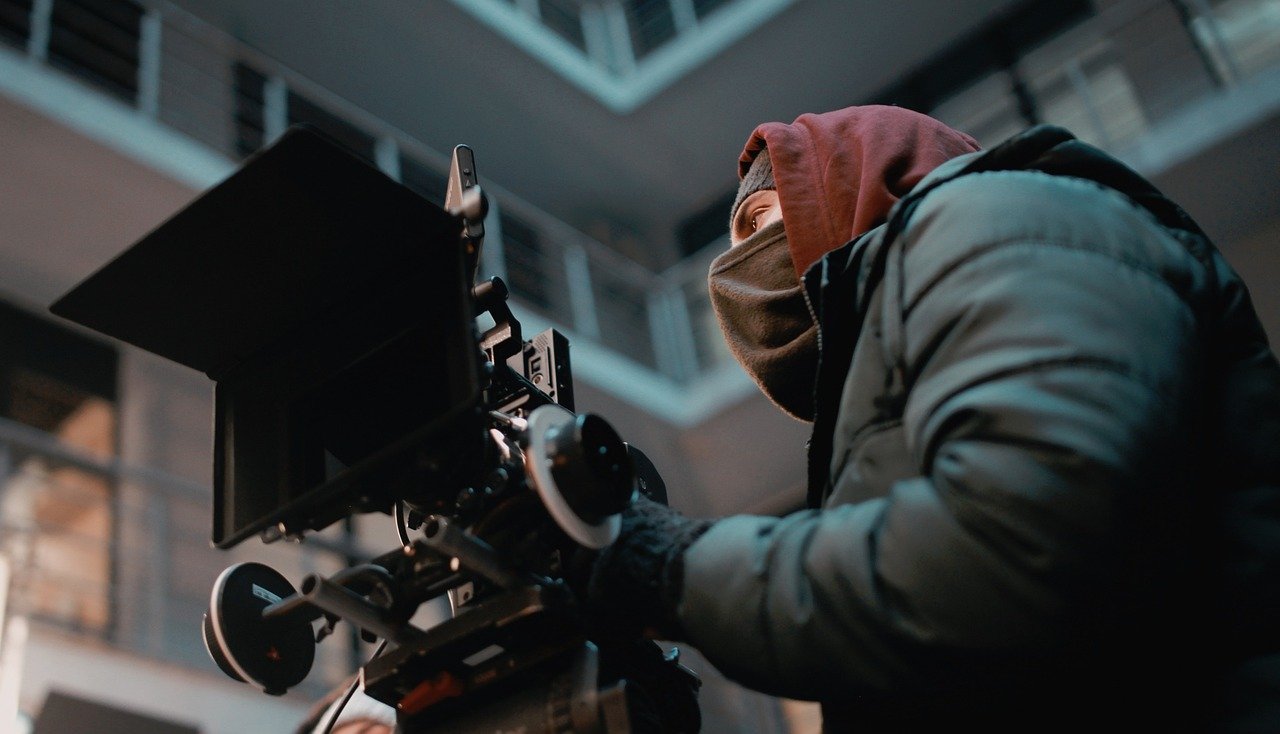Fashion Videographer: Capturing Style in Motion Introduction In the fast-paced world of fashion, visual storytelling…
Fashion Photography
Fashion photography is a captivating art form that combines fashion, beauty, and storytelling to create visually stunning images. It plays a crucial role in the fashion industry, showcasing clothing, accessories, and the overall mood and concept of a brand or collection. In this article, we will delve into the world of fashion photography, exploring its history, techniques, and the impact it has on the fashion industry today.
1. Introduction to Fashion Photography

Fashion photography is a specialized genre of photography that focuses on capturing clothing, accessories, and fashion trends in a visually compelling way. It goes beyond simply showcasing garments; it aims to evoke emotions, tell stories, and inspire the audience. Fashion photographers collaborate with stylists, makeup artists, and models to create images that reflect the vision and brand identity of fashion designers and labels.
2. Evolution and History of Fashion Photography

Fashion photography has a rich and fascinating history that dates back to the early 20th century. The birth of fashion magazines, such as Vogue and Harper’s Bazaar, played a pivotal role in popularizing fashion photography. Renowned photographers like Richard Avedon, Irving Penn, and Helmut Newton revolutionized the field, introducing new techniques and styles.
3. Key Elements of Fashion Photography

3.1 Lighting and Composition
Lighting is crucial in fashion photography as it sets the mood, emphasizes textures, and highlights the details of the garments. Fashion photographers often use a combination of natural light, studio lighting, and creative techniques to achieve the desired effect. Composition also plays a vital role, ensuring that the elements within the frame are balanced and visually pleasing.
3.2 Fashion Styling

Fashion styling involves selecting and arranging clothing, accessories, and props to create visually striking images. It requires a deep understanding of fashion trends, color palettes, and the ability to create cohesive looks that align with the brand’s aesthetic.
3.3 Model Selection and Posing
Choosing the right models is essential in fashion photography. Models not only showcase the garments but also embody the brand’s image and appeal to the target audience. Fashion photographers work closely with models to direct their poses, expressions, and body language to convey the desired message.
3.4 Location and Set Design
The choice of location and set design greatly impacts the overall feel and narrative of fashion photographs. Whether shooting in a studio, on the streets, or in exotic destinations, the backdrop should complement the fashion and enhance the visual storytelling.
4. Popular Fashion Photography Styles

4.1 Editorial Fashion Photography
Editorial fashion photography is often seen in magazines and editorial spreads. It focuses on artistic expression, allowing photographers to experiment with concepts, themes, and narratives. Editorial shoots are known for their high-fashion looks, avant-garde styling, and creative storytelling.
4.2 Commercial Fashion Photography

Commercial fashion photography is used for advertising campaigns, catalogs, and e-commerce websites. It aims to showcase the garments in a more straightforward and marketable way, emphasizing their features, fit, and functionality.
4.3 High Fashion Photography
High fashion photography is associated with luxury brands and high-end fashion editorials. It exudes elegance, sophistication, and couture craftsmanship. High fashion images often push boundaries, blur the line between art and fashion, and inspire creativity.
4.4 Street Fashion Photography
Street fashion photography captures real people in their everyday outfits and unique styles. It celebrates individuality, subcultures, and emerging fashion trends. Street fashion photographers roam the streets, attending fashion events and capturing candid moments of self-expression.
5. Techniques and Tips for Fashion Photographers

5.1 Mastering Lighting and Shadows
Understanding lighting techniques is crucial for fashion photographers. They must be adept at manipulating light to create the desired mood and highlight the garments’ details. Balancing shadows and highlights adds depth and dimension to the images.
5.2 Creating a Mood with Props and Accessories
Carefully selected props and accessories can enhance the storytelling aspect of fashion photography. From statement jewelry to unique props, these elements help create a narrative and evoke emotions.
5.3 Directing and Communicating with Models
Fashion photographers need excellent communication and directing skills to bring out the best in models. They must provide clear instructions, convey the desired mood and expressions, and establish a comfortable and collaborative working environment.
5.4 Post-Processing and Editing
Post-processing is an essential part of fashion photography. Photographers use editing software to enhance colors, remove imperfections, and refine the overall look of the images. Attention to detail during the editing process ensures a polished final product.
6. Fashion Photography and the Fashion Industry

Fashion photography plays a crucial role in the fashion industry by showcasing designers’ creations, influencing trends, and promoting brands. It is an integral part of marketing and advertising campaigns, fashion magazines, and online platforms. Fashion photographers work closely with designers, stylists, and models to create captivating visuals that capture the essence of a collection or brand.
7. The Role of Fashion Photographers

Fashion photographers have a multifaceted role in the industry. They are not only skilled photographers but also creative directors, storytellers, and trendsetters. Their ability to capture the spirit of fashion and translate it into compelling images is essential for the success of fashion campaigns and publications.
8. Challenges and Trends in Fashion Photography

8.1 Embracing Diversity and Inclusion
Fashion photography is increasingly embracing diversity and promoting inclusivity. The industry is moving towards representing a wider range of body types, ethnicities, and gender identities, reflecting the diversity of the audience it serves.
8.2 Incorporating Digital and Social Media

The rise of digital and social media platforms has significantly impacted fashion photography. Photographers now need to adapt their work for online platforms, create engaging content for social media, and understand the evolving trends and demands of the digital landscape.
8.3 Sustainable Fashion Photography
Sustainability is a growing concern in the fashion industry, and photography is no exception. Fashion photographers are exploring eco-friendly practices, such as using ethically sourced materials, reducing waste, and promoting conscious consumption through their work.
8.4 Experimental and Avant-Garde Approaches
Innovation and experimentation are key to pushing the boundaries of fashion photography. Photographers are constantly exploring new techniques, unconventional concepts, and avant-garde approaches to create visually stunning and thought-provoking images.
9. Conclusion
Fashion photography is an art form that combines creativity, storytelling, and technical skills. It plays a vital role in the fashion industry, capturing the essence of fashion brands and influencing trends. From lighting and composition to model selection and post-processing, every element contributes to the overall impact of fashion photographs. As the industry evolves, fashion photographers continue to push boundaries, embrace diversity, and create captivating images that inspire and captivate audiences.
Frequently Asked Questions
- What equipment do I need to start in fashion photography?
- To start in fashion photography, you will need a DSLR or mirrorless camera, a variety of lenses, lighting equipment, and post-processing software.
- How can I find models for fashion photography shoots?
- You can find models for fashion photography through agencies, social media platforms, or by reaching out to aspiring models directly.
- What are some famous fashion photographers?
- Some famous fashion photographers include Richard Avedon, Annie Leibovitz, Mario Testino, and Steven Meisel.
- How can I develop my own unique style in fashion photography?
- Developing a unique style in fashion photography takes time and experimentation. Study the work of other photographers, try different techniques, and focus on expressing your vision and creativity.
- Is it necessary to attend photography school to become a fashion photographer?
- Attending photography school can provide valuable knowledge and skills, but it is not a requirement to become a successful fashion photographer. Many photographers are self-taught and learn through practice and experience.




